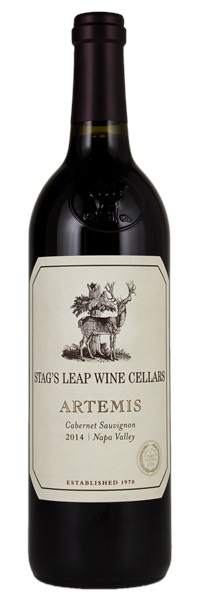Estimate

... Deep, rich and resonant, but very much medium in body, the 2014 offers lovely resonance throughout. Sweet red cherry, plum, spice and mocha give the 2014 its plump, juicy personality.
... notes of cedar wood, black and red currants and spice box, this medium-bodied, delicious, complex and elegant wine could easily pass for a second- or third-growth Bordeaux in a blind tasting...